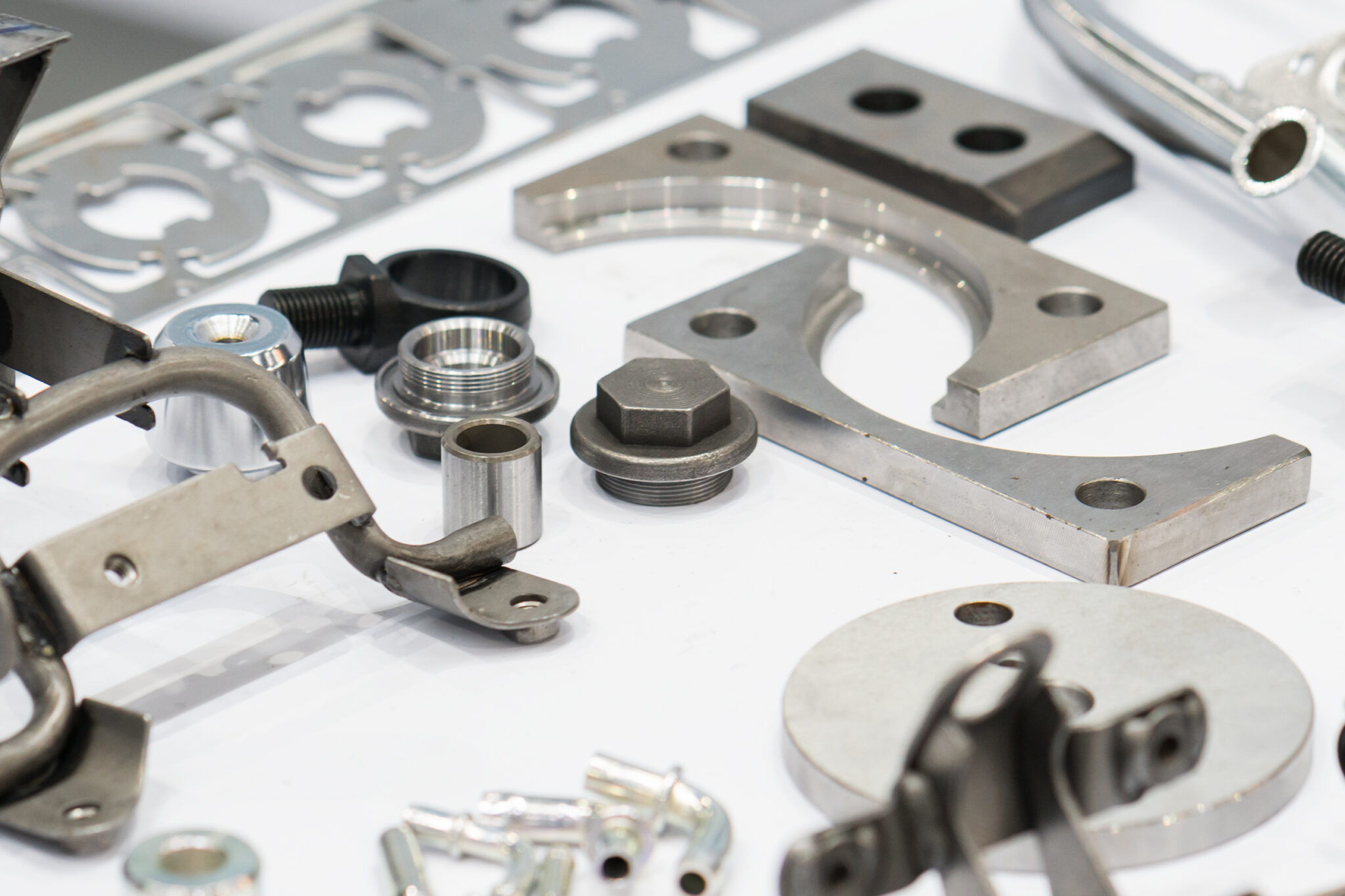Threaded fasteners remain one of humanity’s most essential inventions since their discovery more than 2,400 years ago. Since Archytas of Tarentum first introduced the technology to improve presses for oils and extracts in ancient times, the screw principle behind threaded fasteners found new life during the industrial revolution and now manufacturers depend on these mechanical joints to support millions of different applications.
In the 1860s, the first standardized thread angle and number-per-inch allowed companies to use factory-made threaded fasteners in all types of equipment and products. Today, analysts predict the mechanical and industrial fasteners market will reach $109 billion by 2025, growing at a compound annual growth rate (CAGR) of more than 4% over the next five years. Modern threaded fasteners support every industry in modern manufacturing from consumer electronics to rugged mining equipment and beyond.
Quick Takeaways:
- Threaded fasteners use the screw principle to transform tension strength into a linear force
- Modern threaded fasteners support almost every industry, including electronics, aerospace, automotive, and industrial sectors
- Threaded fasteners come in all shapes and sizes, suitable for any application including custom designs when required
Modern Threaded Fasteners and Their Applications
Over the years, fastener types and designs continued to evolve and now you have a range of solutions to pick from for your specific application. According to fastener experts, 95% of failures occur either due to selecting the wrong threaded fastener or because of the incorrect installation of the part. Different functions, design features, coatings, and material choices all influence the strength of the joint and weight of the product’s overall design.
Here’s a handy guide to everything you need to know about modern threaded fasteners and their applications.
The Mechanics Behind How Threaded Fasteners Work
The definition of a threaded fastener is a fixture that uses a spiraling ramp edged out of a cylindrical shaft to join two or more pieces of material together. A thread or spiral ramp converts rotational force (or torque) in a linear joint capable of maintaining tension on multiple bounded materials.
When the thread is on the outside of the cylindrical shaft (like with bolts), it’s called a male thread and those inside the shaft (nuts) are female. When internal and external threads interact with each other, the tension properties of a linear fastener can withstand the shear stress that two or more pieces of material joined together will exert on each other.
Applications for Modern Threaded Fasteners
Threaded fasteners use tension strength to resist being pulled apart and prevent different parts from sliding relative to one another. The tensile strength and tension properties make them ideal for situations where you need a strong, non-permanent joint between any kinds of materials. Threaded fasteners support the automotive, aerospace, fabrication, construction, and agricultural industries, among others.
Designs range from fine to coarse threads, enabling different joint strengths to suit the specific application. When designing a new product or optimizing existing designs, you’ll need to know what threaded fasteners are available to support your joints and assemblies.
Modern Types of Threaded Fasteners
Wide varieties of designs are available today suitable for any number of joining and fastening applications. Choosing the right design remains an essential part of the product’s overall specification including the head type, thread count, and material strength.
Depending on the application, the main types of threaded fasteners include:
- Nuts – Usually a female threaded nut fits over a bolt in a variety of designs to fix two pieces of material together
- Bolts – Male threads on the outside of a cylinder that either screw into a female threaded piece of material or uses a nut to fasten materials in place
- Screws – Doesn’t require a nut and comes in almost any shape or size, using the screw principle to join two pieces of material
- Washers – Distributes loads evenly while tightening a screw, bolt, nut, or threaded rod
The types above are only main design configurations, with different subtypes like hex bolts, machine screws, sheet metal threaded fasteners and a variety of materials and grades available.
Specialized Threaded Fasteners
For specialized applications, you can design threaded bolts and custom fasteners (usually made to order) if a standard product won’t suffice. Anchor bolts join structural steel to building foundations while pipe hangers and cable trays regularly need higher strength threaded fasteners to support industrial designs.
Threaded rods operate like bolts but usually have a unique head or form part of the piece that has the most force in a joint. Modern manufacturers can work with you to find the ideal material, head design, and tensile strength to support any application while keeping cost and weight in mind. Plastic threaded fasteners are now also common in electronic products, enabling quick assembly while allowing for disassembly when the product needs to go in for repairs.
Notations on Threaded Fasteners
Most threaded fasteners will come with a codified (or notated) identifier on the product. The information contained in these codes will help you make the right decision when choosing a product for your application.
The notation on threaded fasteners describes:
- The drive type – Driving the fastener into place may require a special tool or device. Drive types include tools like Phillips (screws), Hex Socket (nuts), Square, (screws or nuts), and Star (special threaded fasteners).
- The head style – Describes the head of the fastener that can be flat, round, pan, hex, or oval types. Selecting a head type depends on the type of finish you want for your product or assembly.
- The material – Material is one of the most important considerations when choosing a threaded fastener. As the material determines the overall joint strength, you should ensure you choose a threaded fastener that comes with adequate tensile strength as part of its properties.
- The measurement – Each threaded fastener will also have a measurement stamped on the product to guide you. It includes the diameter, thread count, and length. In the United States, bolts or screws smaller than 1/4” may use a number while metric sizes in the rest of the world will provide you with millimeter measurements.
The notation on the side or head of the threaded fastener gives you all the information you need to determine if the product will be suitable for your design.
Find Out More at IFE 2022
International Fastener Expo 2022, October 17 – 19 at Mandalay Bay, Las Vegas, will help you learn more about modern threaded fasteners and their latest uses across industries. Sign up to be the first to know when registration opens.









